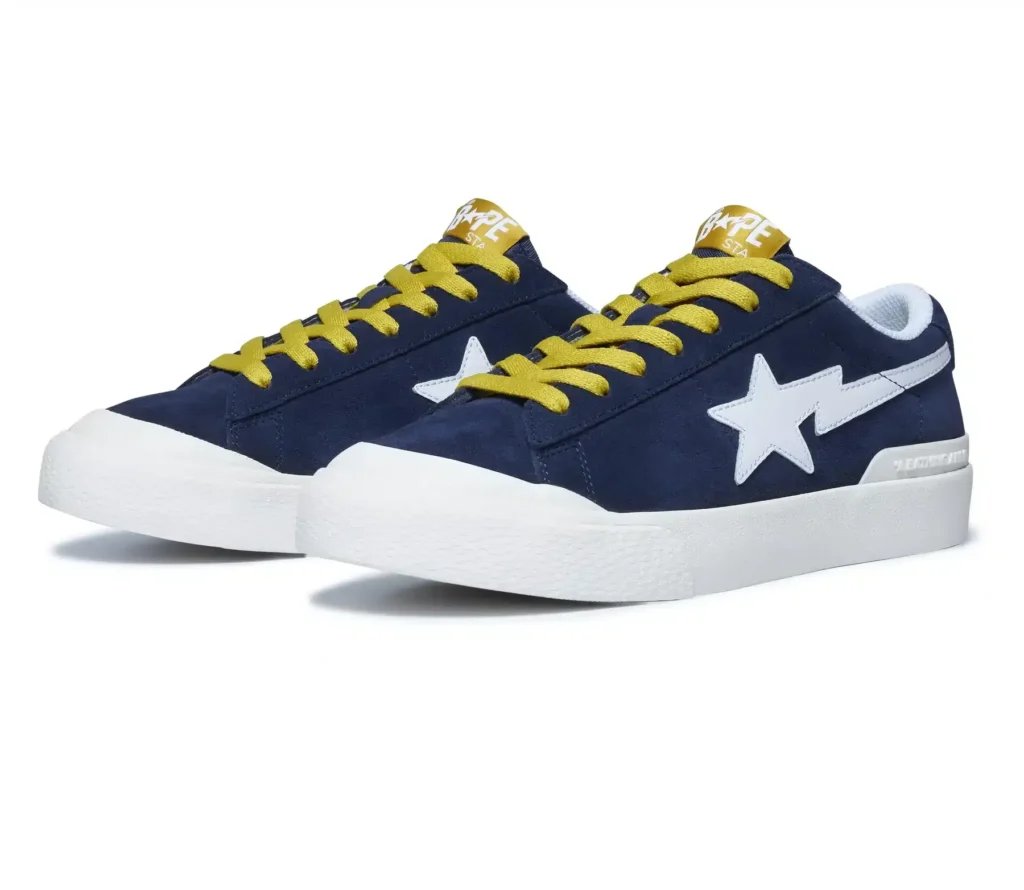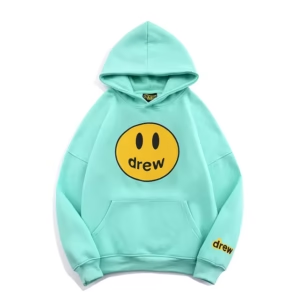
In the universe of streetwear, few brands have reached the legendary status of A Bathing Ape (BAPE). Since its creation in the early 1990s by Japanese visionary Nigo, BAPE has defined generations of street culture with its unmistakable aesthetic — vibrant colors, bold patterns, and unapologetic individuality. Among its most celebrated creations, BAPE shoes have become a global symbol of luxury streetwear, merging Japanese craftsmanship with American hip-hop influence. These sneakers are not just footwear; they are cultural artifacts that embody creativity, confidence, and rebellion.
The Birth of a Streetwear Revolution
BAPE was founded in 1993 in the bustling Harajuku district of Tokyo, a place known for its experimental fashion. Nigo’s vision was to create a brand that blended Japanese precision with the raw edge of Western street culture. The result was A Bathing Ape, a brand that quickly became synonymous with exclusivity and innovation.
When BAPE first launched its footwear line, it was clear that these were no ordinary sneakers. The designs stood out with their glossy patent leather, vibrant hues, and star-shaped logo — the Bapesta. Modeled as a creative reinterpretation of the Nike Air Force 1, the Bapesta immediately turned heads for its fearless aesthetic and premium construction. Over time, the shoes became a statement piece that bridged the gap between street fashion and luxury design.
The Bapesta: A Cultural Icon
Among all BAPE shoes, none are as iconic as the Bapesta. First released in 2002, it redefined what sneakers could represent. The bold star logo — known as the “shooting star” or “Sta” — became a recognizable emblem of youth culture, individuality, and confidence. Each pair of Bapestas was a work of art, featuring eye-catching colorways, premium leather materials, and unmatched attention to detail.
Bapestas weren’t just shoes; they were statements of identity. They reflected the wearer’s attitude — daring, creative, and unafraid to stand out. From Tokyo’s fashion scene to the streets of New York and London, Bapestas became symbols of cool. They were embraced by hip-hop artists, skaters, and fashion enthusiasts alike, spreading the influence of Japanese streetwear across the world.
Hip-Hop and the Rise of BAPE Shoes
The explosion of BAPE shoes in global culture is deeply tied to the hip-hop movement of the early 2000s. Artists like Pharrell Williams, Kanye West, and Lil Wayne proudly wore Bapestas, making them must-have items for an entire generation. The shoes appeared in music videos, magazine covers, and on stages worldwide — instantly elevating their cult status.
BAPE’s bold design philosophy mirrored the expressive nature of hip-hop. Each pair of shoes told a story — of individuality, ambition, and creativity. The collaborations between BAPE and musical icons helped merge fashion and music in unprecedented ways. The Bapesta, in particular, became a symbol of self-expression, bridging cultures from Japan to the United States.
Design and Craftsmanship
One of the defining features of BAPE shoes is their craftsmanship. Made with high-quality materials, the shoes combine functionality with aesthetic innovation. The glossy patent leather, unique stitching, and bold logo placements are instantly recognizable. Each release is carefully curated, often featuring limited-edition colorways that make every pair feel exclusive.
Beyond their striking appearance, BAPE shoes are built for comfort. The design integrates premium soles for cushioning and durability, making them as wearable as they are collectible. From classic low-top Bapestas to collaborations with brands like Adidas, Reebok, and even luxury labels, every release highlights Nigo’s commitment to pushing boundaries.
Collaborations and Limited Editions
BAPE’s legacy thrives on collaboration. Over the years, the brand has teamed up with cultural icons and powerhouse labels to create limited-edition sneakers that blend art, music, and design. Collaborations with Marvel, Coca-Cola, Comme des Garçons, and Adidas have resulted in some of the most sought-after shoes in the streetwear world.
These collaborations not only keep BAPE fresh and relevant but also reinforce its ability to evolve with the times. Each release tells a story — whether inspired by pop culture, anime, or music — and collectors around the world eagerly await every drop. Owning a pair of limited-edition BAPE shoes isn’t just about fashion; it’s about being part of a legacy that continues to shape the culture.
The Enduring Appeal of BAPE Shoes
More than two decades after their debut, BAPE Shirt remain a cornerstone of street fashion. They represent the perfect fusion of luxury and rebellion — crafted for those who dare to be different. Their enduring popularity lies in their authenticity; unlike many mass-produced brands, BAPE continues to embrace exclusivity and craftsmanship.
In a fashion world often dominated by minimalism, BAPE’s vibrant, fearless aesthetic remains refreshing. The shoes are bold yet balanced, playful yet powerful. Whether you’re rocking a classic pair of Bapestas or a new collaborative release, you’re wearing a piece of history — a design that speaks to creativity and confidence.
Final Thoughts
The BAPE shoe is more than a fashion item — it’s a cultural phenomenon. It represents the evolution of streetwear from niche subculture to global movement. Through daring design, authentic storytelling, and an unshakable sense of identity, BAPE has created shoes that transcend style — they embody self-expression.
Wearing BAPE shoes isn’t just about trends; it’s about celebrating individuality. Each pair is a reminder that fashion should be bold, fearless, and unapologetically you. From the streets of Harajuku to the stages of hip-hop, BAPE shoes have proven that true style is timeless — and always a little ahead of its time.





